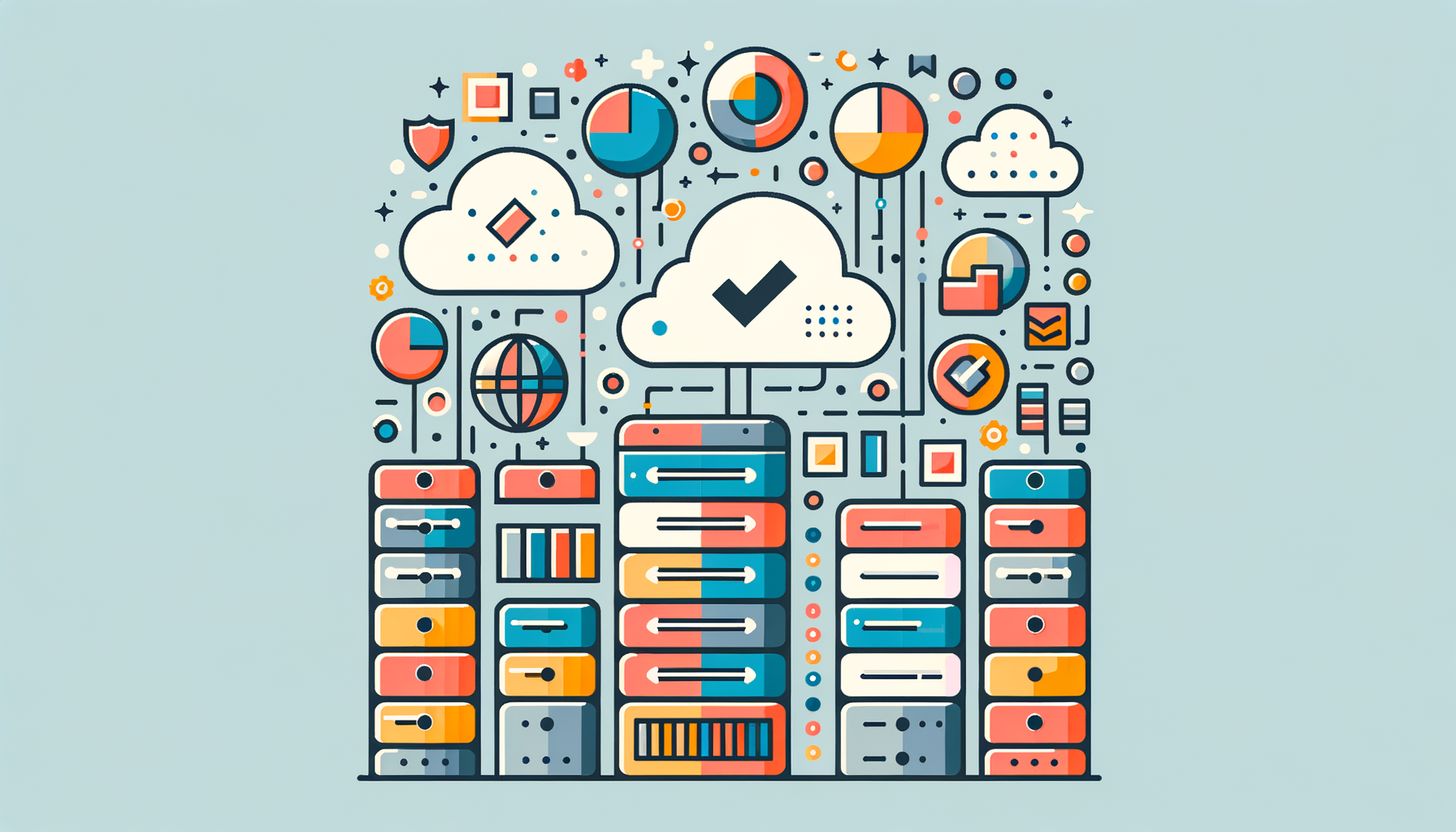
Mastering Media Management for WordPress Sites
In the modern digital landscape, a well-organized and optimized WordPress media library is crucial for enhancing website performance, user experience, and search engine optimization (SEO). As a senior lead copywriter at Belov Digital Agency, we understand the importance of streamlined media management for our clients. Here’s a comprehensive guide on how to optimize your WordPress media library.
The Importance of Media Library Organization
A chaotic media library can lead to wasted time searching for files, slow loading times, and a disjointed user experience. Organizing your media files is the first step towards a more efficient and SEO-friendly website.
Categorizing Media Using Folders
Creating folders within your WordPress media library helps categorize content based on projects, types, or themes. This can be achieved using plugins like CatFolders – WP Media Folders, which allows you to easily drag and drop images into virtual folders, maintaining your permalink structure intact.
Utilizing Tags and Metadata
Tags and metadata provide additional layers of classification, enabling you to associate keywords, descriptions, and other relevant information with your media files. This makes it easier to find files using the built-in search functionality.
Implementing a Naming Convention
A consistent naming convention for your media files can make a significant difference. Descriptive filenames help identify files without having to open them, saving time and reducing confusion.
Optimizing Media for Performance
Choosing the Right File Format
Selecting the appropriate file format is crucial. Use JPEG for photographs, PNG for images with transparency, and GIF for simple animations. Consider using WebP for web-specific images and SVG for scalable graphics.
Resizing and Cropping Images
Upload images in the size they will be displayed on your website. Avoid using large images and relying on the browser to resize them, as this can slow down loading times. Tools like TinyPNG can help in resizing and compressing images efficiently.
Compressing Media Files
Compressing images and videos reduces their file size without sacrificing quality. Plugins like ShortPixel and Imagify can automate this process, improving your site’s loading speed.
Leveraging Browser Caching
Implement browser caching to store frequently used media files locally on visitors’ devices. This reduces the need to repeatedly download the same content, leading to faster load times.
Using Content Delivery Networks (CDNs)
CDNs distribute your media files across multiple servers globally, reducing the distance between the user and the server. This leads to faster load times, even for users located far from your hosting server. Services like Kinsta and Cloudflare offer robust CDN solutions.
Offloading Media to Cloud Storage
Offloading media files to cloud storage can significantly reduce server load and improve performance. Solutions like Infinite Uploads and Cloudinary can manage and deliver your media efficiently, ensuring fast and reliable content delivery.
Routine Maintenance and Cleanup
Regularly Cleaning Up Unused Media
Periodically review and remove unused or redundant media files. This keeps your library clutter-free and improves website performance by reducing the storage load. Tools like CatFolders allow you to bulk-select folders and delete them in a single click.
Checking for Plugin and Theme Conflicts
Ensure that your plugins and themes are compatible with each other and with WordPress’s default settings. Conflicts can prevent images from being correctly uploaded, saved, or displayed in the media library. Deactivate plugins and switch to a default theme to identify any issues.
Advanced Optimization Techniques
Customizing Image Sizes
Adjust default image sizes according to your website’s design and layout. This prevents unnecessarily large images from being loaded on every page. You can customize image sizes using WordPress’s built-in settings or plugins like Regenerate Thumbnails.
Adding Watermarks to Images
Protect your original content by adding watermarks to your images. Watermarks can also serve as branding elements, reinforcing your website’s identity. Plugins like Image Watermark can help you add watermarks easily.
Integrating External Media Libraries
Consider integrating third-party media libraries like Google Drive or Dropbox for additional storage options, especially if you’re dealing with limited hosting space. This can be done using plugins that integrate these services with your WordPress media library.
Ensuring Scalability and Reliability
Site Speed Testing and Continuous Performance Monitoring
Use tools like Google PageSpeed Insights and GTmetrix to test the speed of your media-rich website. These tools offer detailed insights into how your site’s large files and multimedia elements are impacting load times.
Optimizing Video Streaming
Hosting and streaming videos directly on WordPress can be challenging. Using an offload media plugin can improve performance by transferring files to cloud storage, managing bandwidth more efficiently, and enhancing the overall user experience. Solutions like Infinite Uploads support adaptive streaming, ensuring videos are served in the best possible quality based on the viewer’s internet connection and device capabilities.
Conclusion
Optimizing your WordPress media library is a multifaceted task that involves organization, performance optimization, and routine maintenance. By following these tips and leveraging the right tools and services, you can significantly improve your website’s performance, user experience, and SEO.
If you’re looking for expert assistance in optimizing your WordPress media library, contact us at Belov Digital Agency. Our team is dedicated to helping you achieve a streamlined and efficient media management strategy.
For more insights on WordPress optimization, check out our other blog posts, such as How to Speed Up Your WordPress Website and Best WordPress Plugins for SEO.













